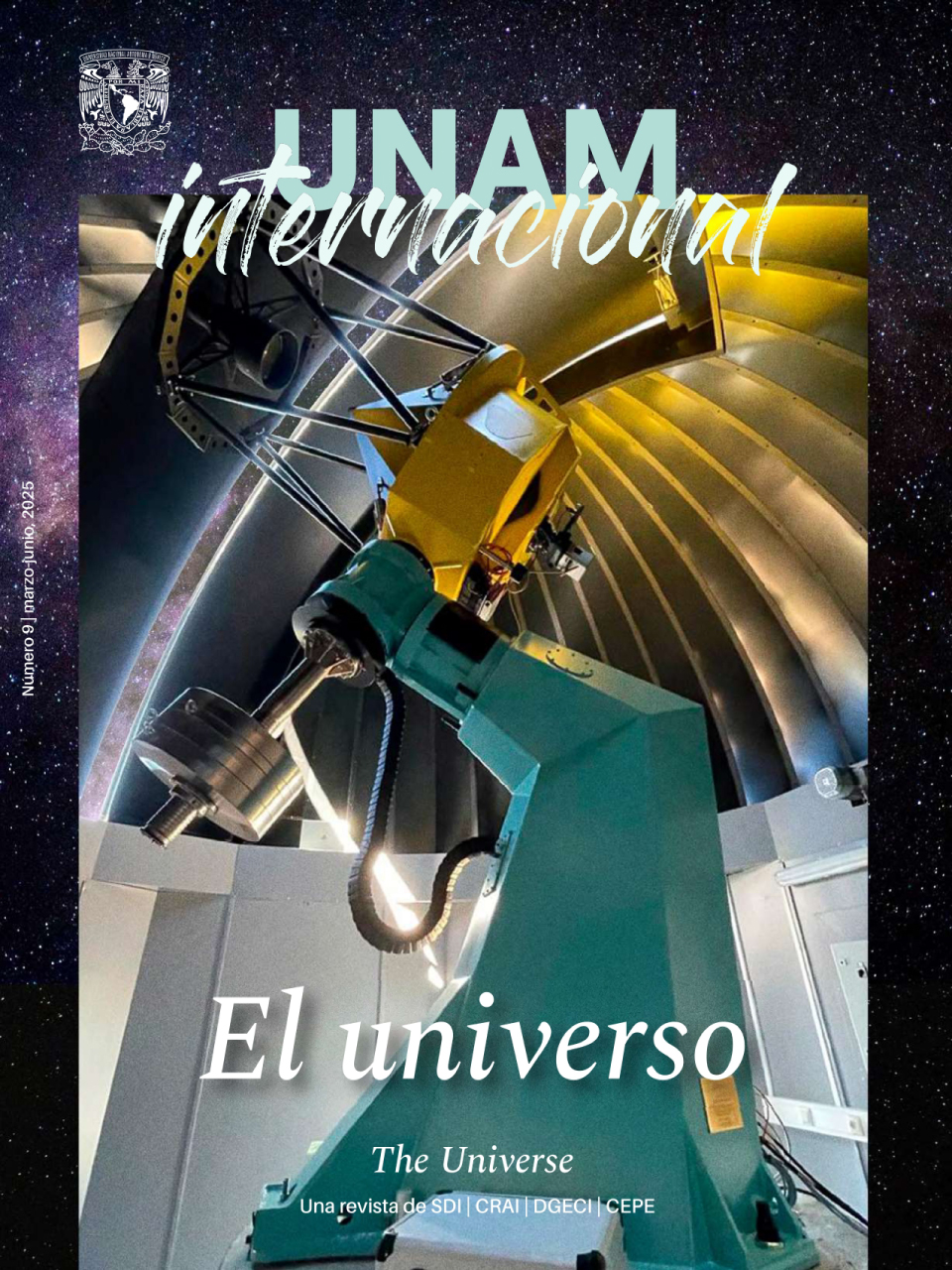31-03-2025
Looking for the Undetectable. Interferometry and Gravitational Waves
The light of the cosmos that we perceive with bare eyes is only a tiny example of what astronomical objects produce. It all starts with radio waves, it goes through infrared—which we feel as heat on our skin, through the rainbow—from red to blue, and on through ultraviolet and X-rays to gamma rays. Most of this spectrum does not penetrate the atmosphere and is generated by nuclear reactions and accelerated particles that emit light in all these colors. Its observation with different instruments allows us to research phenomena in a diversity of temperature and density conditions: from thousandths of a degree over absolute zero to hundreds of millions of degrees, from almost complete void to the density of an atomic nucleus. However, just as in life, not everything can be done with a single tool, no matter how much one might want to.Almost exactly 110 years ago, Albert Einstein published his General Theory of Relativity, a scheme that describes the way in which matter and energy adapt to space-time, a concept he developed ten years earlier, in the Special Theory. It is an elegant idea that allows us to understand the universe through objects in very different conditions from the ones we find on Earth, such as black holes and neutron stars. Gravitational waves are generated through motions of matter that produce perturbations in space-time traveling at the speed of light. These waves are extremely difficult to detect since they hardly interact with other objects. Large amounts of matter moving at near-light speeds—as in a supernova explosion— are required to produce a signal that can be detectable even within the galaxy where the event occurred. It seemed impossible to build a device that would allow us to observe them directly, but the temptation was irresistible both to confirm a prediction of the theory and to have a window into situations impossible to observe directly with light. We knew that among the most viable systems to enable these observations are binary stars, which include compact objects capable of intertwining and merging in the last stages of their evolution, releasing in a few seconds as much energy in light and waves as the Sun does in its lifetime.
In the second half of the 20th century, major collaborative efforts in science and engineering were developed in the LIGO (Laser Interferometric Gravitational Wave Observatory) detectors in the United States and, later, VIRGO, in Italy, to detect gravitational waves directly using interferometry. The passage of the wave through the Earth slightly and differentially deforms large tunnels at high vacuum orthogonal to one another where the superposition of a laser beam light traveling inside produces alternating darkness and brightness at the rate of the perturbation .
The culmination of these efforts came in September 2015. A few days before the first observing season began and 100 years after the publication of Einstein’s theory, still in the engineering testing stage, LIGO detected its first merger of a binary system of two black holes. Two years later, in August 2017, LIGO was able to see for the first time the coalescence of a binary system of two neutron stars simultaneously detected as a gamma-ray burst. This was the first object in the history of astronomy to be observed at the same time in two different yet complementary spectra, thus starting the era of combined electromagnetic and gravitational astronomy. It is as if we have only had eyes to interact with the world, and we could suddenly hear it too, expanding the possibilities to improve our understanding of the Universe with a network of observatories that is continually being improved and is already transforming multiple fields of research in astronomy.
William H. Lee graduated from UNAM’s Faculty of Sciences and followed postgraduate studies in physics at the University of Wisconsin-Madison, United States. His research focuses on accretion phenomena in compact objects like neutron stars, black holes, gamma-ray bursts, and supernova explosions. He is currently the Coordinator of UNAM’s International Head Office.
